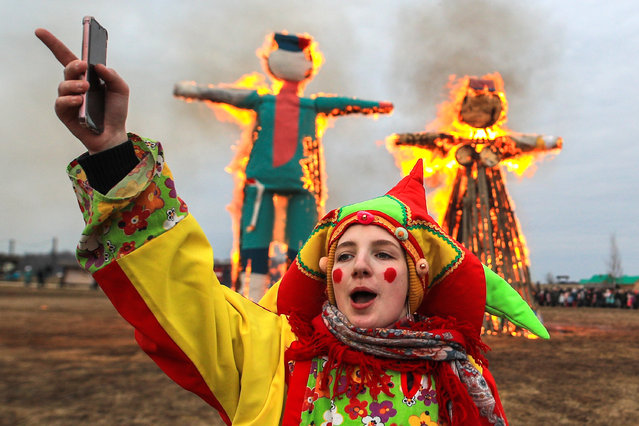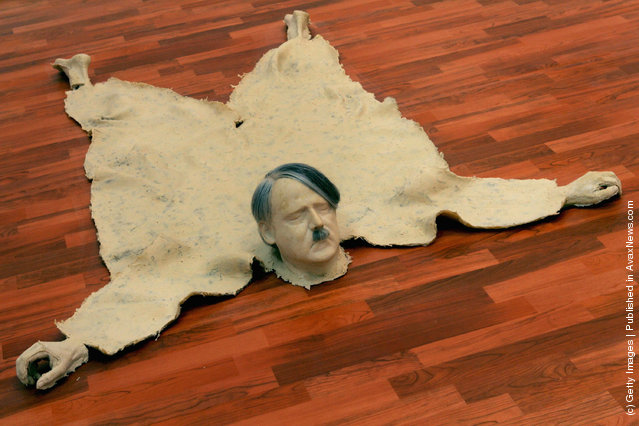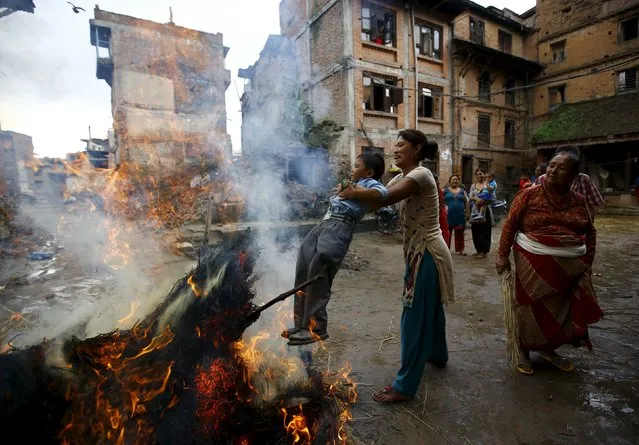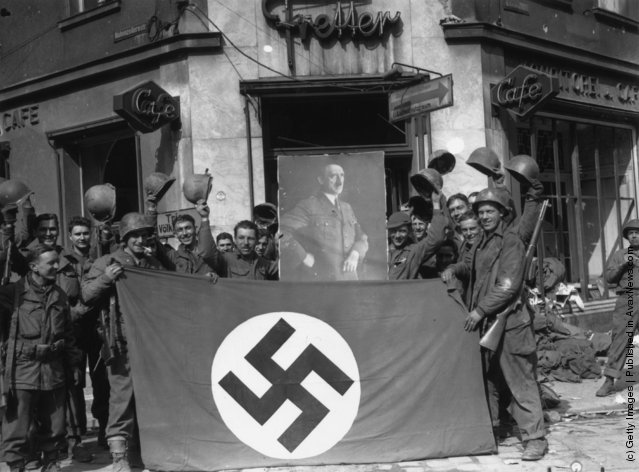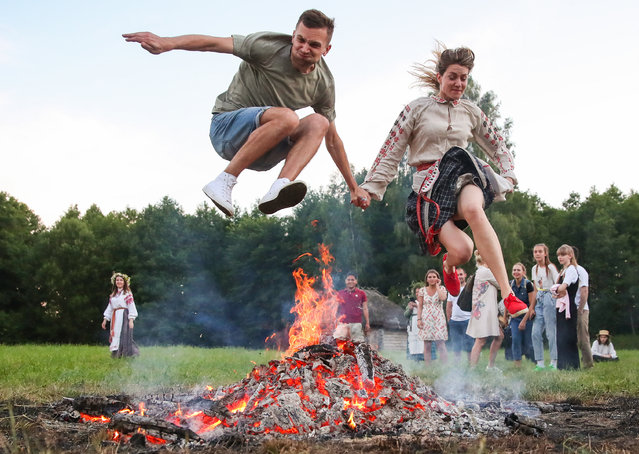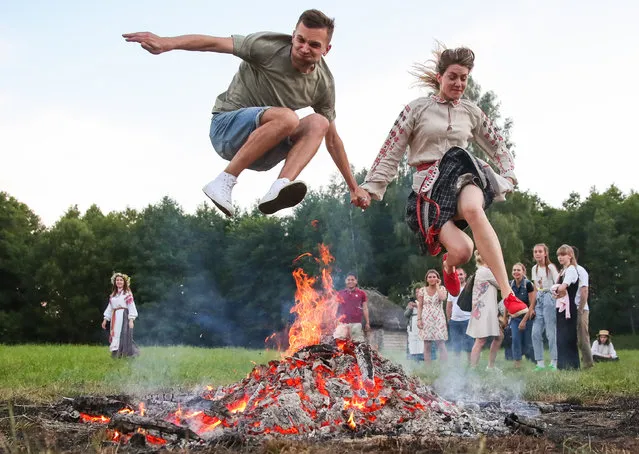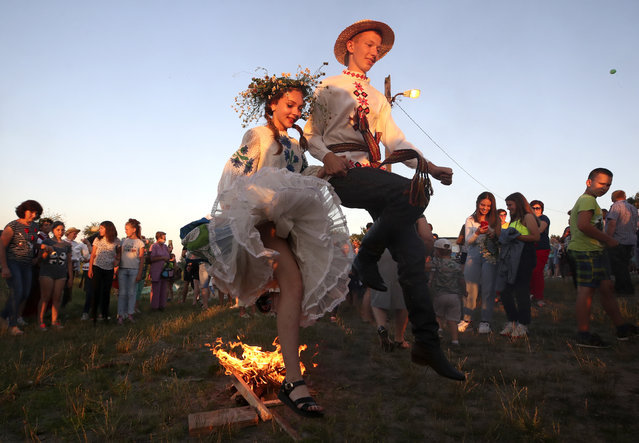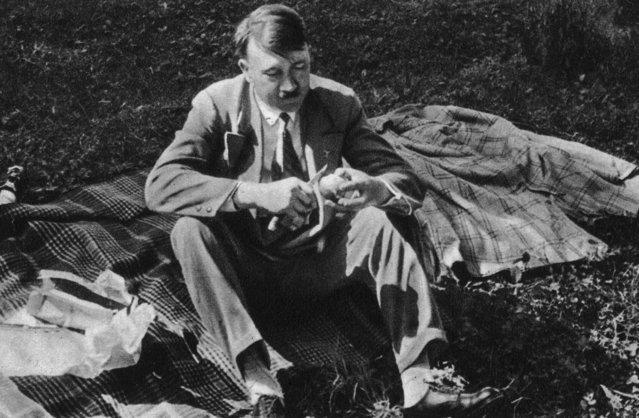
German Nazi leader Adolf Hitler (1889 - 1945) enjoys a quiet picnic between meetings, circa 1933. Picture 196 of a series of collectable images published in Germany during the Nazi period, entitled “Deutschland Erwacht” (Germany Awakes). (Photo by Heinrich Hoffmann/Hulton Archive/Getty Images)
16 Jul 2018 00:01:00,post received
0 comments

